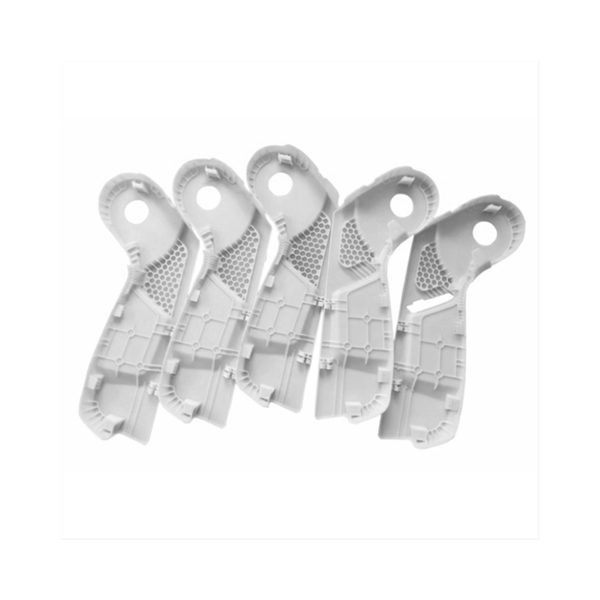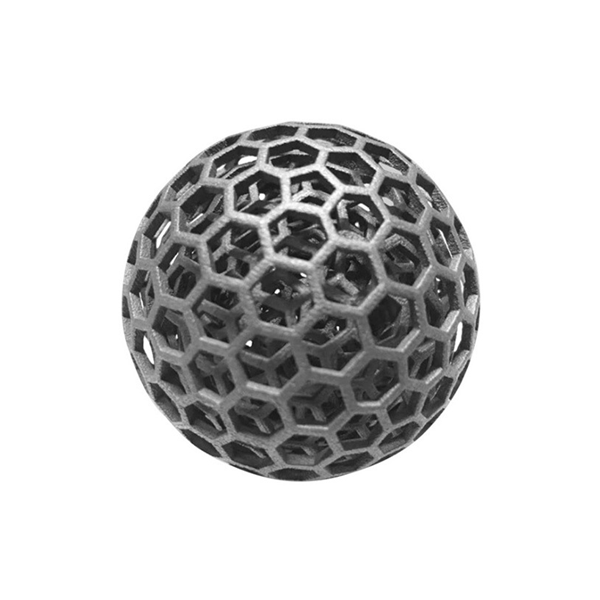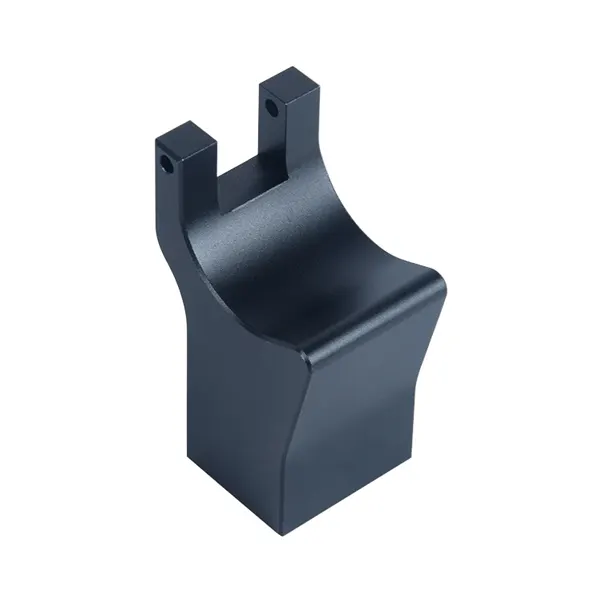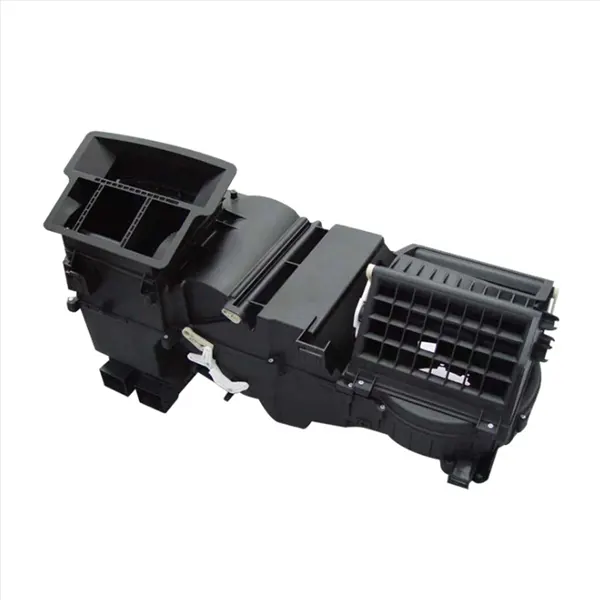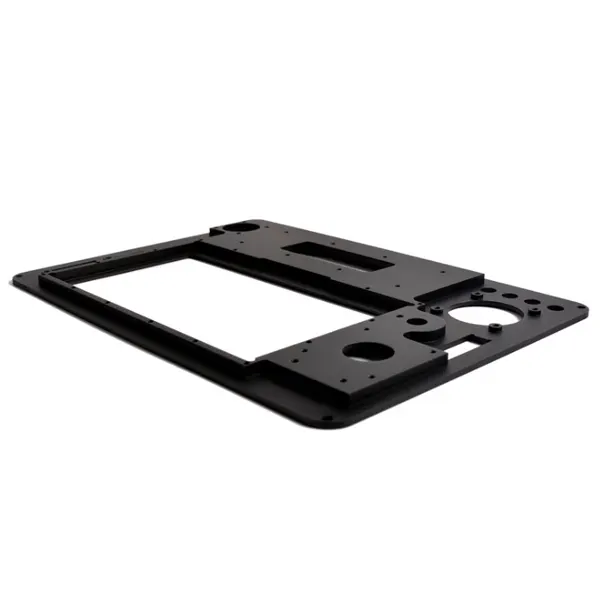GD Prototyping

Transparent Rapid Prototyping
-
Materials: Clear acrylic (PMMA), polycarbonate (PC), ABS-like transparent resins, silicone-based casting materials
-
Technologies: SLA 3D printing, CNC machining, vacuum casting
-
Tolerance: ±0.05 mm depending on process and part size
-
Surface Finishes: Polishing, vapor smoothing, UV coating for enhanced clarity
-
Batch Capability: Single prototypes to small-batch production
- Description
- Specification
- Application
- FAQS
GD Prototyping provides custom clear parts and optical components designed to meet both visual and functional requirements. We use CNC machining, vacuum casting, and high-resolution 3D printing to produce transparent parts with high accuracy and smooth finishes.
Our focus on transparent rapid prototyping helps you develop parts that require light transmission, visual inspection, or aesthetic transparency. These parts work well in applications like lenses, light guides, diffusers, display covers, and inspection windows across industries such as automotive, medical, electronics, and lighting.
We select materials like PMMA (acrylic) and polycarbonate based on the part’s requirements. Acrylic offers excellent clarity and surface finish, while polycarbonate provides greater impact resistance. These materials mimic the appearance and feel of clear plastics or glass, supporting both visual appeal and structural performance.
We manage every step of the process to ensure quality. During machining or forming, we apply tight tolerances to maintain part accuracy. After shaping, we polish or vapor treat the surface to reduce imperfections and improve clarity. Depending on your design goals, we can achieve gloss, matte, or mirror-like finishes.
With transparent rapid prototyping, you can quickly evaluate optical quality, test fit, or present a functional visual model. We support one-off prototypes as well as low-volume production, offering the flexibility to iterate on your design without investing in mass production tooling.
Our team works closely with your specifications to ensure each part meets expectations. Whether you need parts for functional testing, product development, or client demonstration, we deliver reliable results backed by technical precision.
By combining advanced techniques with a detailed understanding of optical applications, GD Prototyping helps you turn clear designs into working components that meet your performance and visual standards.
| Parameter | Value / Description |
|---|---|
| Common Materials | PMMA (Acrylic), PC (Polycarbonate), Clear Resin (for SLA), PU-like transparent resin |
| Surface Finish | Polished, glossy, semi-glossy (post-processed for optical clarity) |
| Transparency Level | Optical-grade |
| Post-Processing Options | Hand polishing, vapor polishing, UV coating, sanding |
- Optical Prototypes:Lenses, light guides, and optical covers for testing light transmission and clarity.
- Consumer Electronics:Transparent housings, indicator panels, and screen covers for design evaluation.
- Medical Devices:Fluidic channels, diagnostic housings, and viewing windows for functional and visual validation.
- Automotive Lighting:Headlamp lenses, signal covers, and interior light components for design and fit testing.
- Display Models:High-end visual models for product demos, trade shows, and investor presentations.
- Packaging Prototypes:Transparent bottle and container samples for visual and ergonomic testing.
- Engineering Verification:Clear parts to observe internal mechanisms, liquid flow, or assembly alignment.
1. What is transparent rapid prototyping?
It’s the creation of clear or see-through prototype parts using processes like CNC machining, SLA 3D printing, or vacuum casting.
2. What materials are used for transparent parts?
Common materials include PMMA (acrylic), PC (polycarbonate), and clear resins (for SLA or casting).
3. How clear are the parts?
With proper polishing, parts can reach optical clarity, suitable for light guides and lenses.
4. Which process is best for transparent prototypes?
CNC machining gives the best clarity; SLA and casting are ideal for complex shapes or low-volume production.
5. Are transparent parts strong and functional?
Yes, depending on the material—PC and clear cast resins can be both durable and functional.





